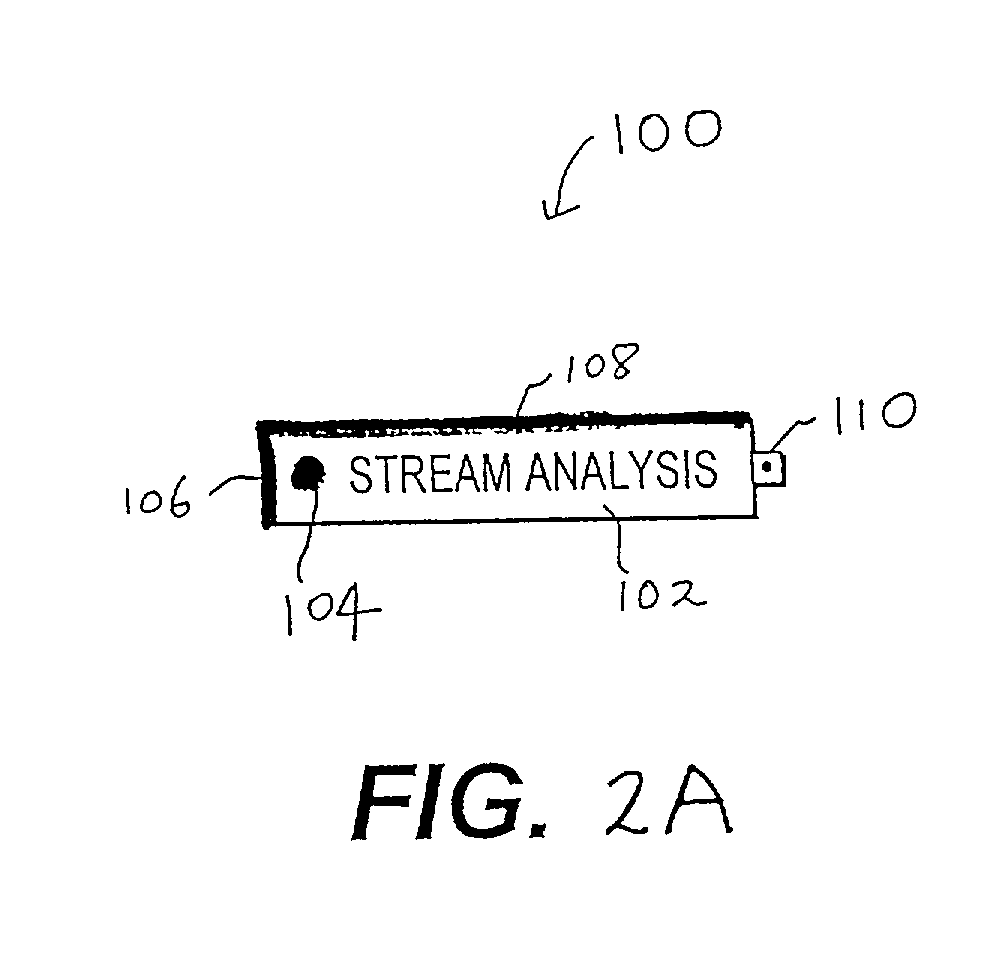Error propagation tree technology
a propagation tree and error technology, applied in the field of condition information display techniques, can solve the problems of difficult to understand and interpret such data streams, difficult to understand and interpret data streams, and broadcasts are often out of compliance, and achieve the effect of a finer level of granularity
- Summary
- Abstract
- Description
- Claims
- Application Information
AI Technical Summary
Benefits of technology
Problems solved by technology
Method used
Image
Examples
Embodiment Construction
[0030]FIG. 1 shows a general structure of an EPT applied to represent condition information of components of a certain system according to an embodiment of the present invention. As shown in FIG. 1, various components of the system to be analyzed are presented in an EPT fashion on a display device such as a computer screen. Particularly, at the first level, at least one main component (Component A) is represented as node 10; at the next lower level (second level), sub-components of Component A are represented as nodes 20, 21 . . . and are labeled as Components B1, B2 . . . ; at the next lower level, sub-components of each of Components B1, B2 . . . are represented as nodes 30, 32, 33, 34 . . . and are labeled as Components C11, C12 . . . , C21, C21 . . . In this manner, the main component(s) of the system to be analyzed and any subsequent lower level sub-components of the main components of the system are represented as nodes branching off in a tree-like fashion to form the EPT. At ...
PUM
 Login to View More
Login to View More Abstract
Description
Claims
Application Information
 Login to View More
Login to View More - R&D
- Intellectual Property
- Life Sciences
- Materials
- Tech Scout
- Unparalleled Data Quality
- Higher Quality Content
- 60% Fewer Hallucinations
Browse by: Latest US Patents, China's latest patents, Technical Efficacy Thesaurus, Application Domain, Technology Topic, Popular Technical Reports.
© 2025 PatSnap. All rights reserved.Legal|Privacy policy|Modern Slavery Act Transparency Statement|Sitemap|About US| Contact US: help@patsnap.com



